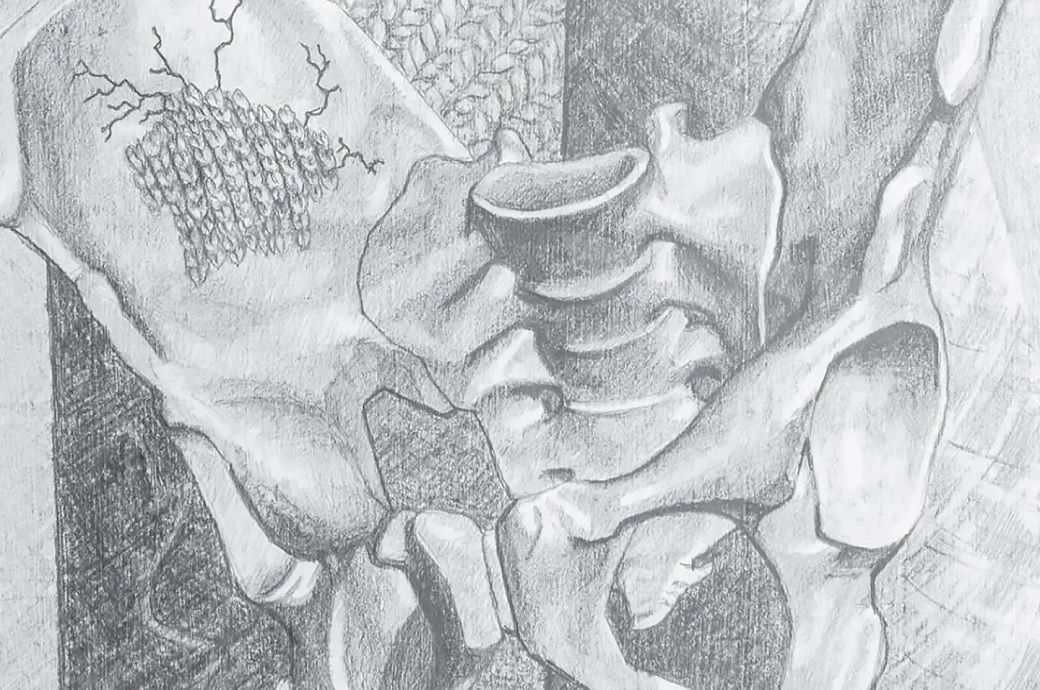
Sabrina Kopf, PhD in Polymer Technology, has investigated how a special type of bioplastic, polyhydroxyalkanoates (PHA), produced by bacteria, can be used.
"The idea is to use these fibres in textile structures that can support bone healing in cases of large bone defects. For bones to heal, bone cells need something to attach to. Bone cells recognise the substance calcium phosphate. Therefore, we have added this substance to the fibres," Kopf explained.
The biggest challenge in the project was processing PHA into fibres with the equipment available in the laboratory. By melting the plastic and pressing it through a hole, similar to making spaghetti, she was able to produce fibres. These were then tested with bone cells to see if the cells could survive on the material.
"It turned out that it is possible to produce fibres with similar strength to bone. Additionally, we were able to produce simple knitted and woven textile structures from these fibres. The bone cells adhered to the material's surface and appeared healthy, which is a good sign," said Kopf.
Bone is, after blood, the second most transplanted tissue in the world, indicating a significant need for bone replacement materials.
"Today, bone from the patient's own body is often used, meaning that bone is taken from, for example, the pelvis and transplanted to the damaged area in the body. This limits the amount of bone available. Additionally, the risk of complications at the donation site is high. Using synthetic materials like PHA fibres could be a solution to this problem," said Kopf.
PHA fibres are not only beneficial for health, but they are also environmentally friendly. They can be produced from residuals and degrade in all types of environments without remaining as microplastics. This makes them a sustainable option for the future.
"The results of my project are a small step forward in biomedical research and can inspire other researchers to explore the potential of textiles in medical applications," added Sabrina.
Research at the University of Borås focuses on sustainable development based on the global goals. Sabrina explains how this project connects to these goals:
"Being able to produce fibres from PHA benefits not only the healthcare sector, even though that was the approach of my thesis. The fibres can also be used in other textile applications and contribute in all aspects where textiles are involved in the UN's sustainable development goals, as PHA and its products are biodegradable and have no negative impact on the environment."
ALCHEMPro News Desk (RR)
Receive daily prices and market insights straight to your inbox. Subscribe to AlchemPro Weekly!